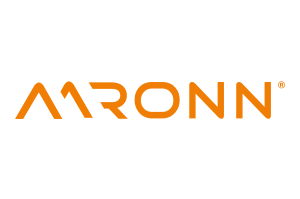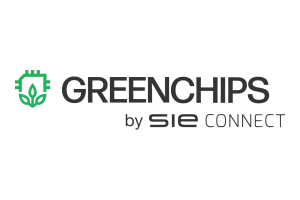With AMD processors
Embedded modules in NUC form factor
With its embedded NUC series, E.E.P.D. presents boards and systems based on the latest AMD Ryzen processors in different equipment variants. The series is »Made in Germany«, compact, powerful and scalable – and is suitable for industrial applications and professional IT.
The embedded NUC series from E.E.P.D. features up to 64 GB of RAM and a wide range of connectivity options, including USB, DisplayPort, LAN and much more – all in a very small footprint: The base board measures approximately 10 cm x 10 cm (4" x 4"). This makes the series suitable for complex networking scenarios and enables seamless integration into existing systems.
Available in several variants
The OEM/ODM versions of the SBC are available in different variants and configurations and can thus be adapted to the customer's requirements. The »easy-to-integrate« versions have no fan or heat sink. A heatspreader, which also serves as a mounting plate, distributes the CPU heat to a larger cooling module in the user's application. The »ready-to-use« version is equipped with a compact cooling solution and is ready for immediate use. The boards can be quickly and easily integrated into customer applications. The box, mini or midi tower PCs based on the eNUC series are energy-efficient products that offer high multi-core and graphics performance in a very small form factor. The systems are designed for a five-year lifetime of quiet 24/7 continuous operation.
Robust, long-term available hardware
Whether actively or passively cooled single board computer (SBC), box or tower PC, the embedded NUC series is characterized by high quality »Made in Germany«. The boards and systems are developed and produced at E.E.P.D. in Germany, and support is also provided from here. Before series production in the in-house SMT production facility, the prototypes are put through their paces in the test field, in-house EMC/environmental laboratory and shock cabinet. In this way, E.E.P.D. guarantees that only hardware is delivered according to high quality standards. The manufacturer only uses components and operating systems that are on the »long-term roadmap« and ensure the long-term availability of the systems for up to ten years.










